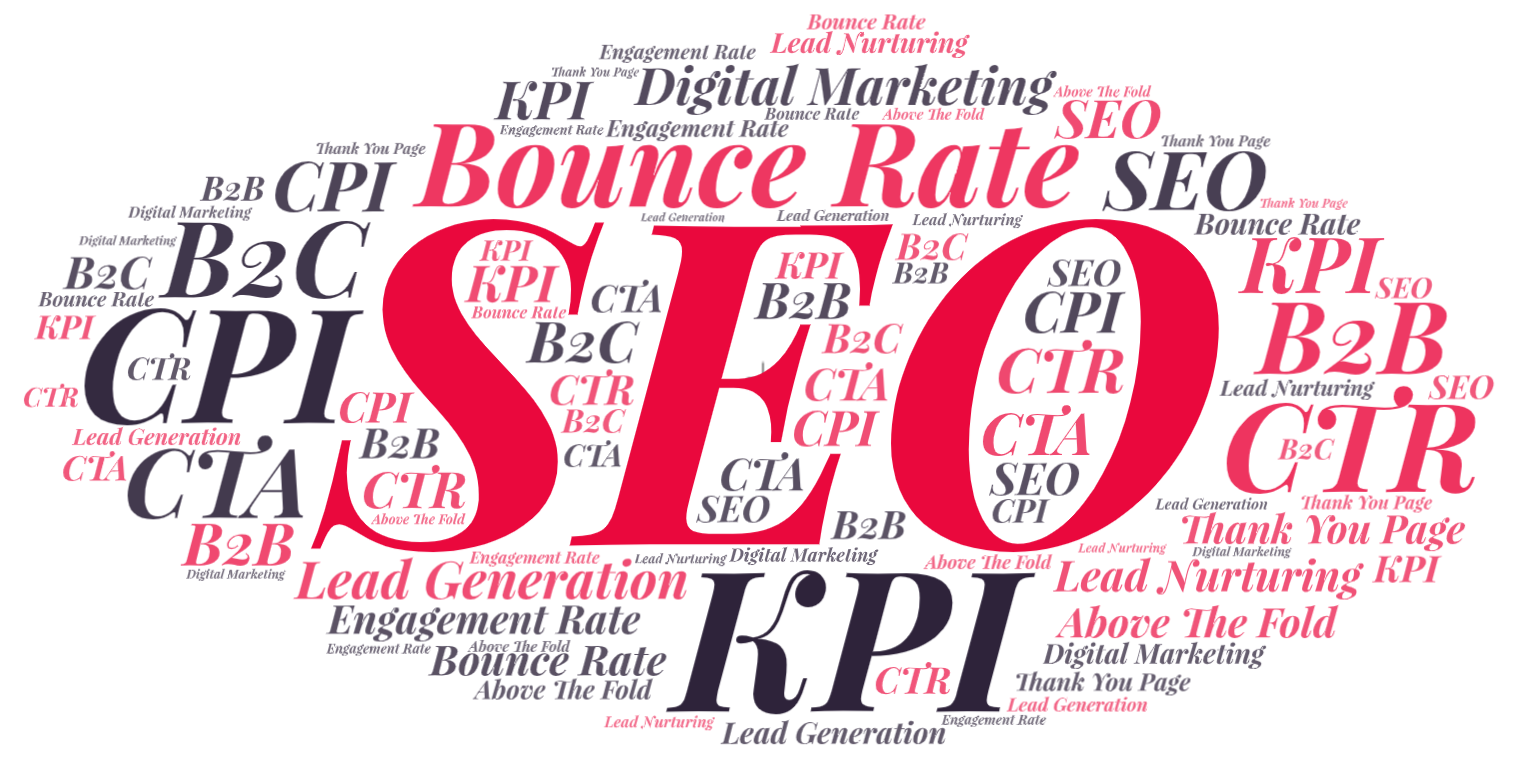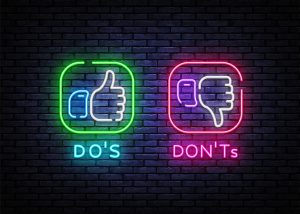Are you new to digital marketing? If so, you’re probably sitting there, trying to educate yourself, but are confused with all the terms thrown about like “KPI” and “CTR.” The digital marketing world is full of terms and acronyms like this. It can be a little overwhelming at first and seem like you are trying to read some sort of special code. We’re here to help you decipher that “code” and put it into your terms.
What Is Digital Marketing?
Digital marketing is an umbrella term used to describe any type of online marketing, including search engine optimization (SEO – there’s your first term!), social media marketing, and email marketing.
Social Media Marketing Terms
SEO – Search Engine Optimization
The first term you need to know about is SEO. Search engine optimization or SEO is the organic way to move your site up in search engine rankings. There are many moving parts to SEO, such as selecting target keywords you want your company to rank for, optimizing your pages with those keywords, writing blogs, and gaining backlinks.
KPI – Key Performance Indicator
KPIs appear in all types of marketing. Businesses use them to measure the success of their campaigns. Your KPI can be any type of analytic, like a click-through rate, engagement rate, bounce rate, and more.
CPI – Cost Per Impression
CPI measures how many times your ad appears on a site, whether or not the users actually see or interact with it. This is like the marketing term “reach” but reach measures how many people see your content. Impressions measure how many times your ad or content was displayed. Impressions build brand recognition while reach will help you build your brand.
Lead Generation/Lead Nurturing
These marketing terms go hand in hand. Lead generation is exactly what it sounds like – how your business generates leads or how you grab the attention of your customers.
Once a potential lead becomes a lead, you will need to nurture them until they become a customer. Typically, business nurtures their leads through their sales funnel. Lead nurturing can be in the form of sending emails, re-targeting them on social media, or actually calling your potential customers to follow up with them.
CTR – Click Through Rate
When running a social media campaign, the click-through rate shows how many times an ad was clicked on by users. In order to calculate your CTR, you will need to take the total number of clicks your ad received and divide it by the number of times it was shown (impressions). Then convert that number to a percentage.
A high CTR is a good indicator that users find your ads helpful and relevant. A good CTR applies to what you are advertising and on which networks.
Engagement Rate
Blog, Facebook posts, tweets, and posts on Instagram all have engagement rates. This is how many users are interacting with your posts. How many comments did you get on that post? How many shares did that blog receive?
Usually the higher your customer engagement rate is, the better your content is, which is great for SEO. If search engine crawlers see users are interacting with your website and social media channels, people will view you as a notable source in your industry.
B2B and B2C
Business to business (B2B) and business to consumer (B2C) are two digital marketing terms that describe who businesses interact with. Your strategy is going to look a lot different if you are targeting customers instead of businesses.
There are some social media channels that B2B companies should be on that B2C companies should not be on. Your ad strategy targeting other businesses is probably going to be different from an ad strategy that is targeting consumers.
Make sure you know who your audience is!
CTA – Call To Action
A call to action is usually a button used to get your customers’ attention and make them click, purchase, give their email, or any other action you want them to take. We can use a call to action in social media advertisements, email campaigns, or on your website.
Your CTA should be BIG, bold, and able to grab your customers’ attention. An effective CTA is also short, sweet, and to the point.
When someone lands on your website, they should immediately know what action you want them to take, whether it is to shop a sale, enter their email or browse your newest products.
Thank You Page
A thank you page is necessary if you are an e-commerce business. We see customers who go through the checkout process, but the site is not tracking this conversion. A simple thank you page is all you need to help track your ROI.
If you are not an e-commerce business, you can add a thank you page to your contact form.
This will help show you where your customers are coming from and making tracking your conversions easier.
Bounce Rate
A bounce rate in terms of search engine marketing is when a user lands on your site and only views one page. Google Analytics will show you the bounce rate for your website. If this number is high, you need to make some adjustments. The more pages a user views and the more time they spend on your site, the higher the chances for you to move up in search rankings.
Above The Fold
Content that is “above the fold” is any content that appears on your website or email before the user has to scroll. So what should go above the fold on your site? Your most important content, your H1 tag, and a call to action! If a customer lands on your site and they do not immediately know what is going on, there is a chance they will press that back button.
Final Thoughts
We hope you learned some new marketing terms today. We know that these can be confusing, but understanding them can help you measure your ROI, create better advertisements, and be able to figure out when something goes wrong with your campaign. Are you ready to use these terms when talking about your brand? Give us a call at (314) 537-7974.





